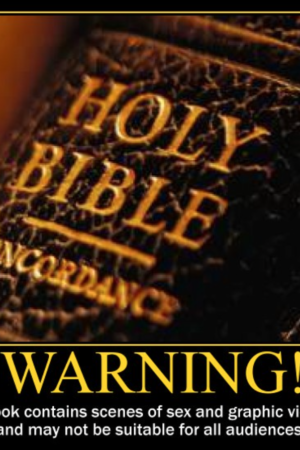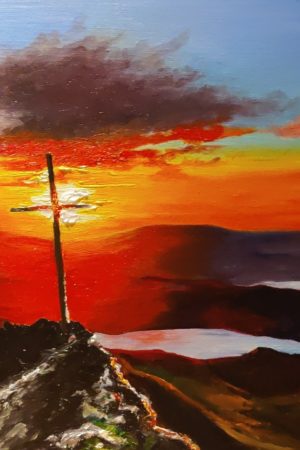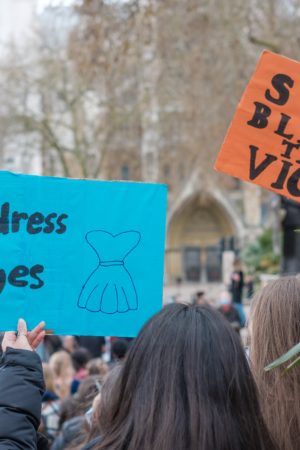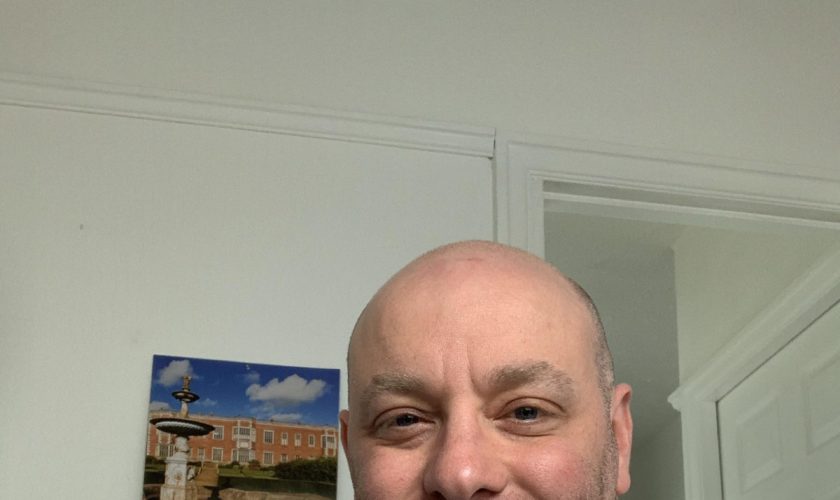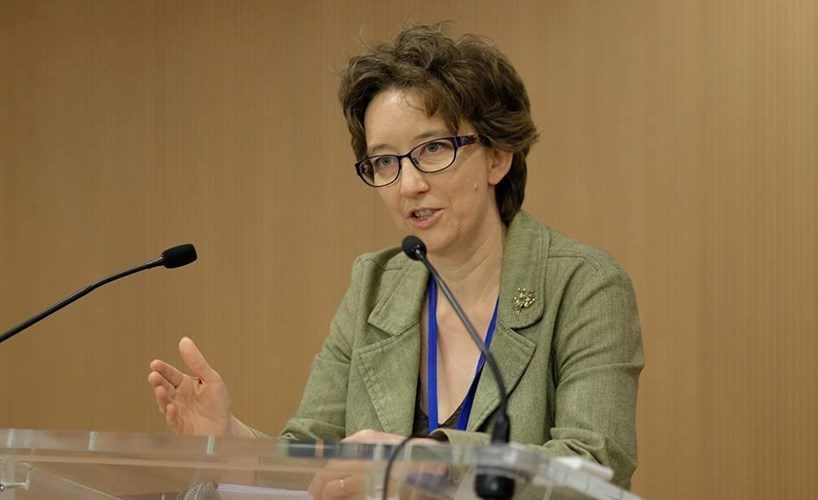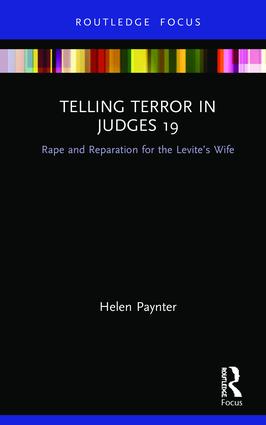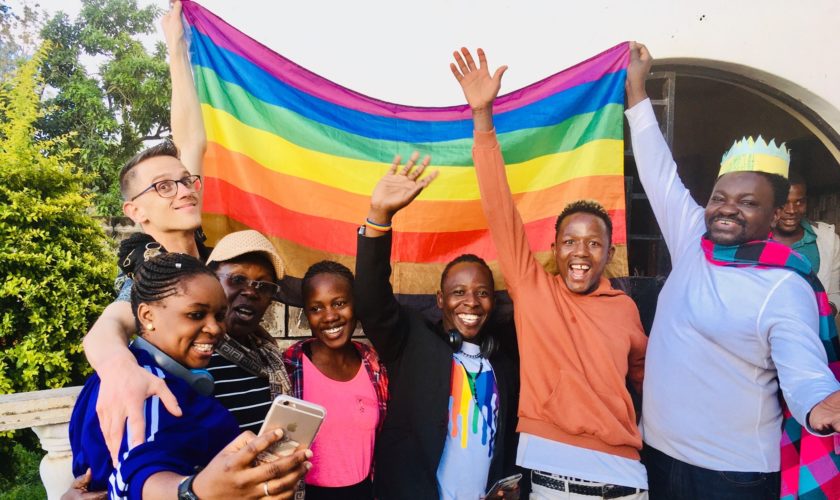I am Simon Phillips, Community Engagement Officer at West Yorkshire Police, responsible for strategic engagement with hard-to-reach and minority communities. This includes faith communities and migrant communities, and I have been, and continue to be, involved in work in the area of domestic violence and abuse.
I have been working from home a few days a week anyway for the last 5-6 years, although the Coronavirus pandemic has meant that I am now working from home completely. As a result, little difference has been made to my working pattern, although a lot of my normal work has been put on the back burner due to various pieces of work connected with the crisis – notably monitoring community tensions and producing information on police powers and engagement in other languages.
My wife is also working from home alternate days. She is an optometrist, and needs to go into the practice every few days to see patients who might otherwise need to go to A&E for eye-related issues. So, she is reducing the demand on the NHS.
It’s actually been amazing spending so much more time with her, although I appreciate that lots if women (and men) aren’t as fortunate and I really worry about victims of domestic abuse during the lockdown.
I suppose what I’m missing is human contact in terms of face-to-face meetings. Skype, Zoom and WhatsApp are great, but I miss being in the office. Mind you, I must be saving on fuel costs!
I also worry about what the future holds.
So, for victims and potential victims, I would remind people that if they call 999, they can just type 55 into the phone and the police Contact Centre will know that it’s a silent call and that the caller is unable to speak. I would also recommend the Bright Sky app. This is a free app, which looks like an app to look at the weather forecast. However, behind the front screen is a wealth of information relating to recognising and reporting abuse.

